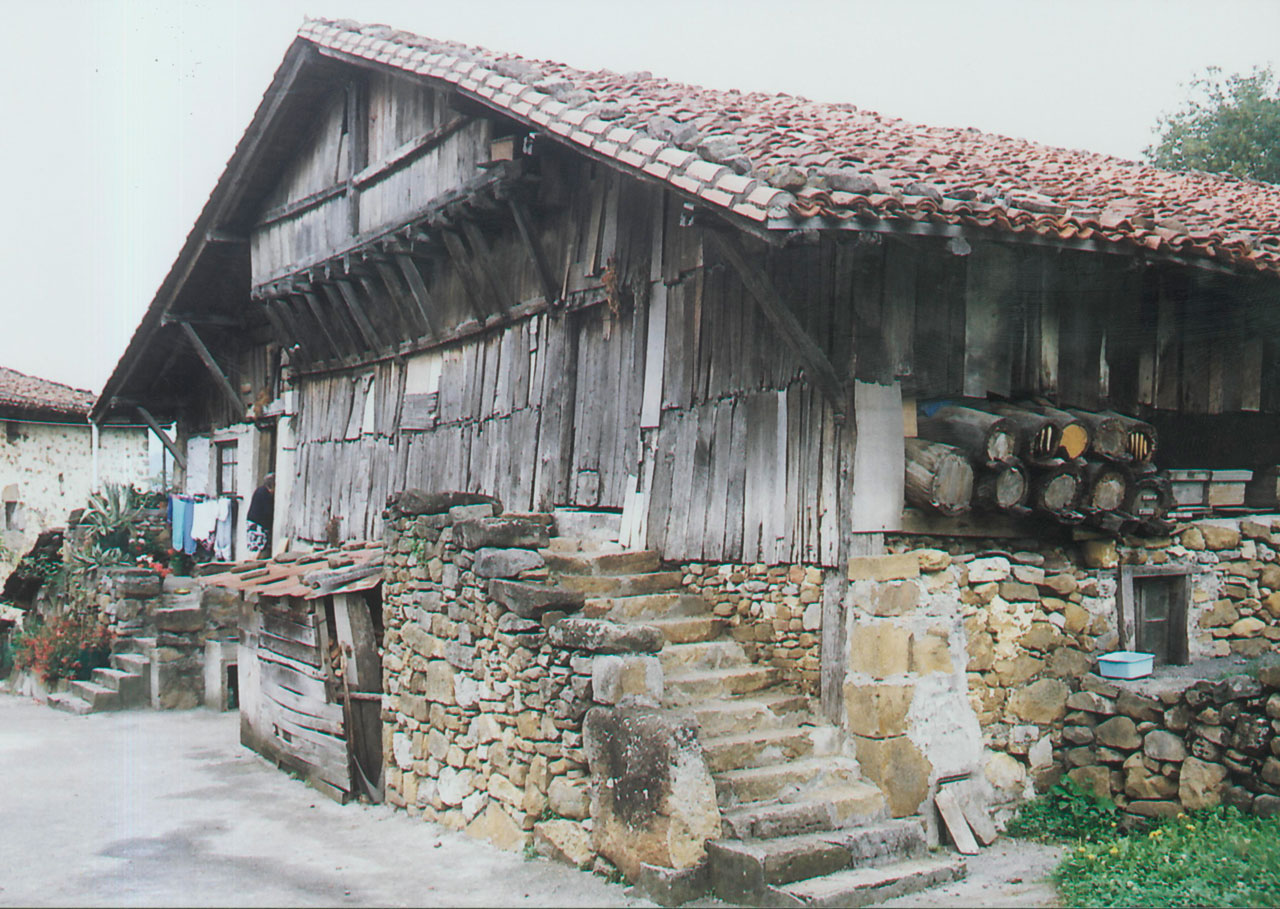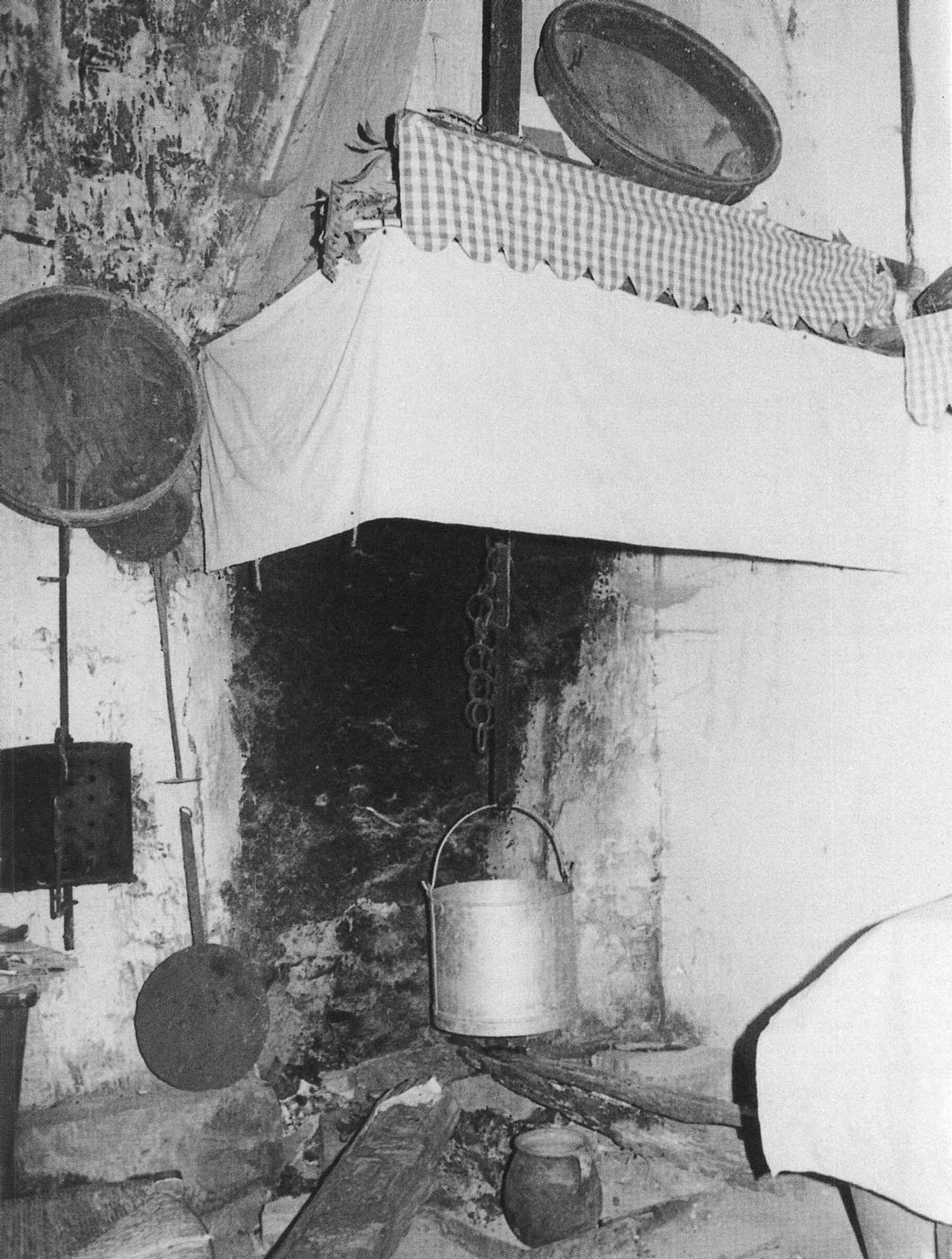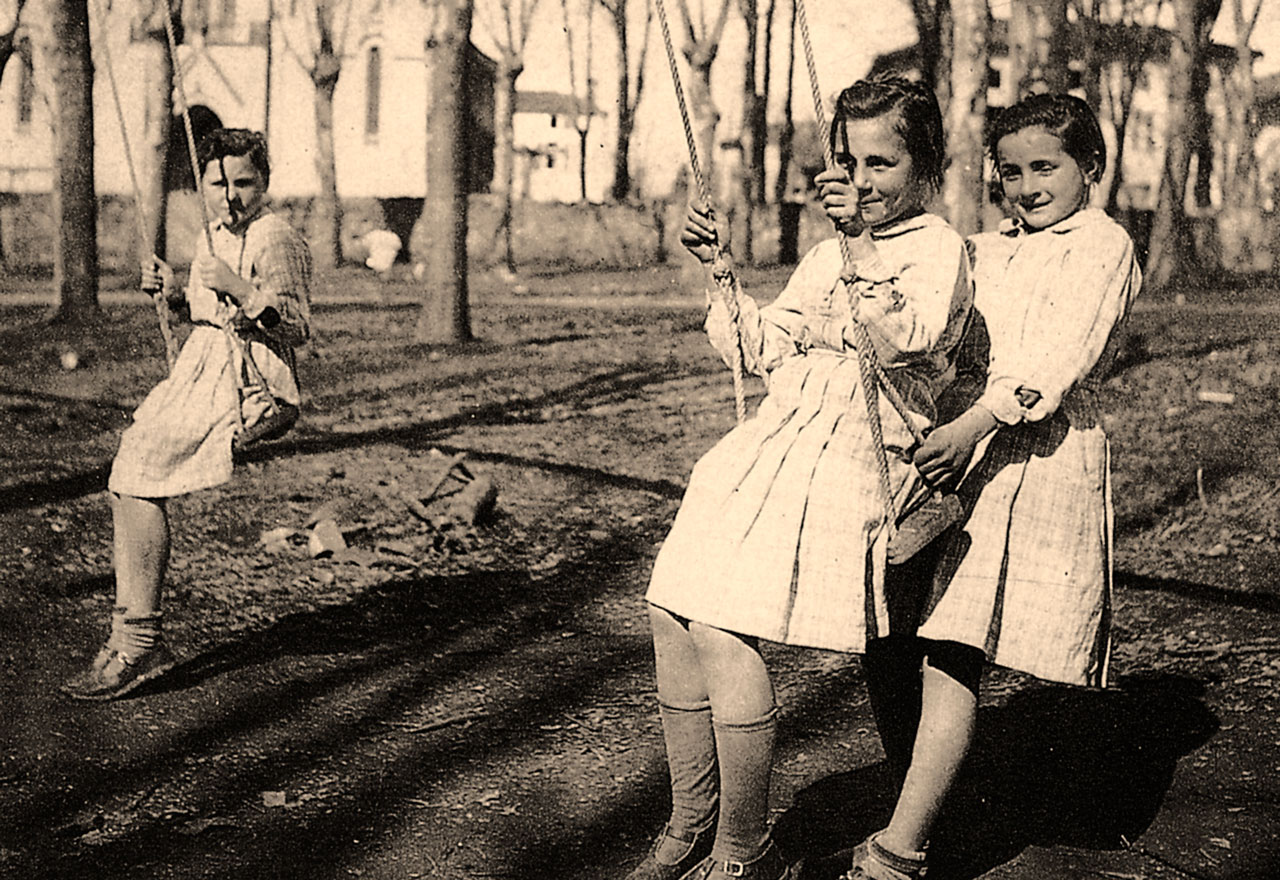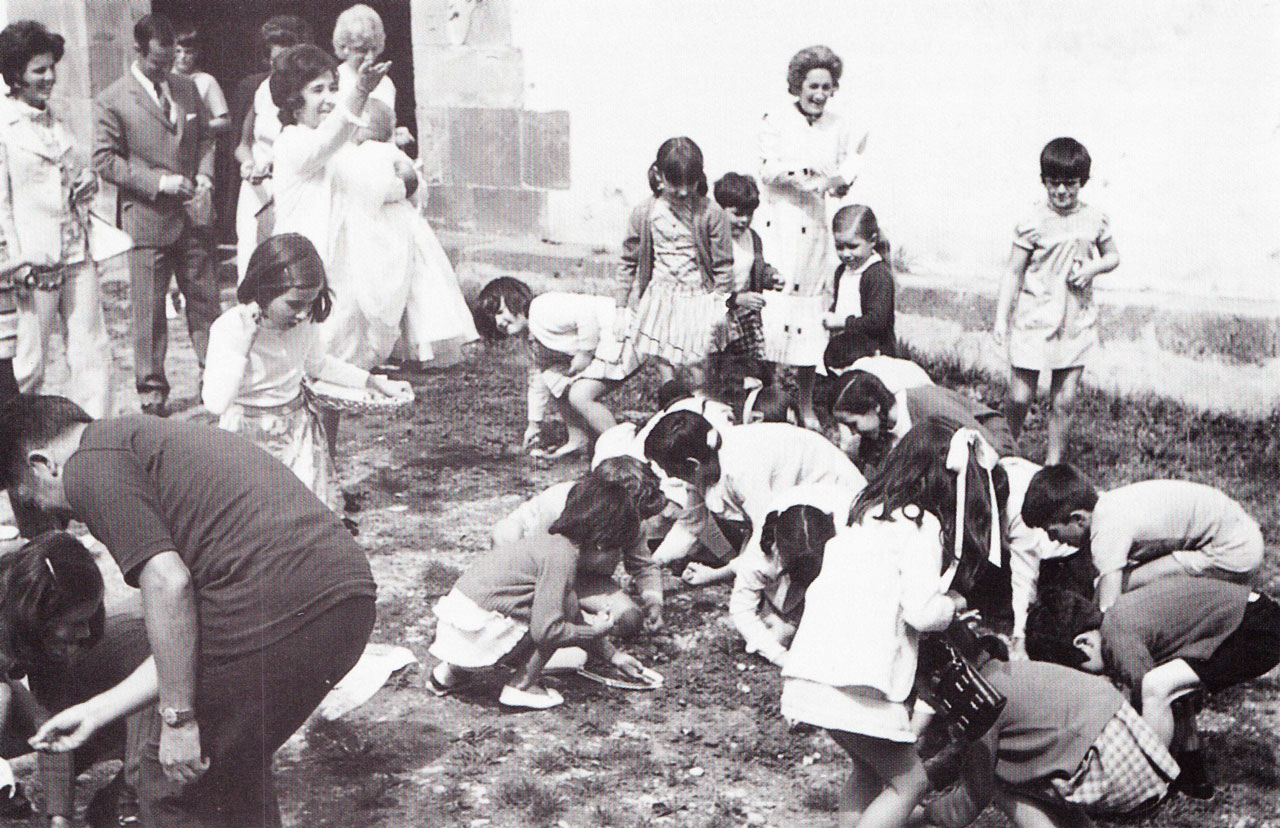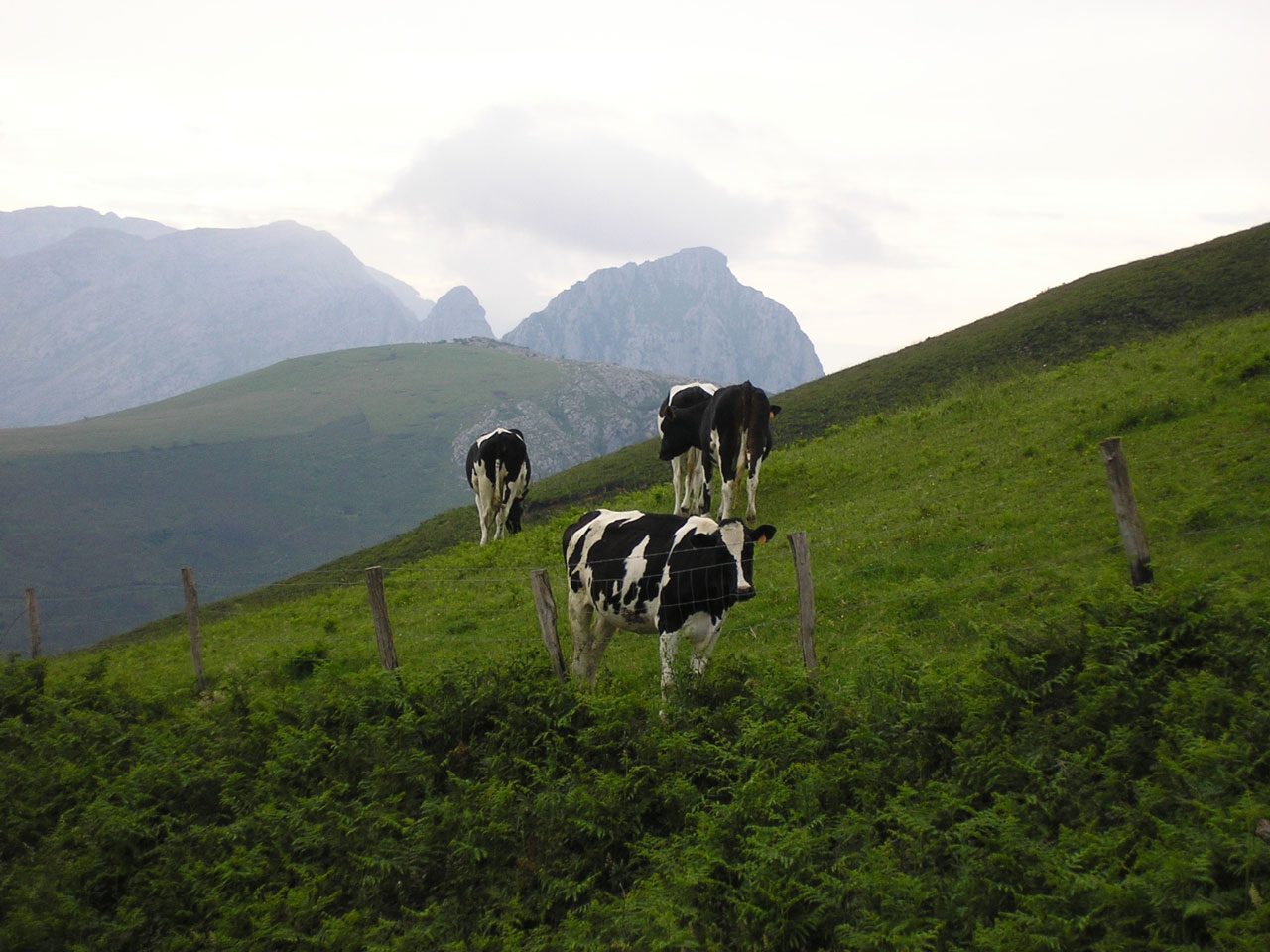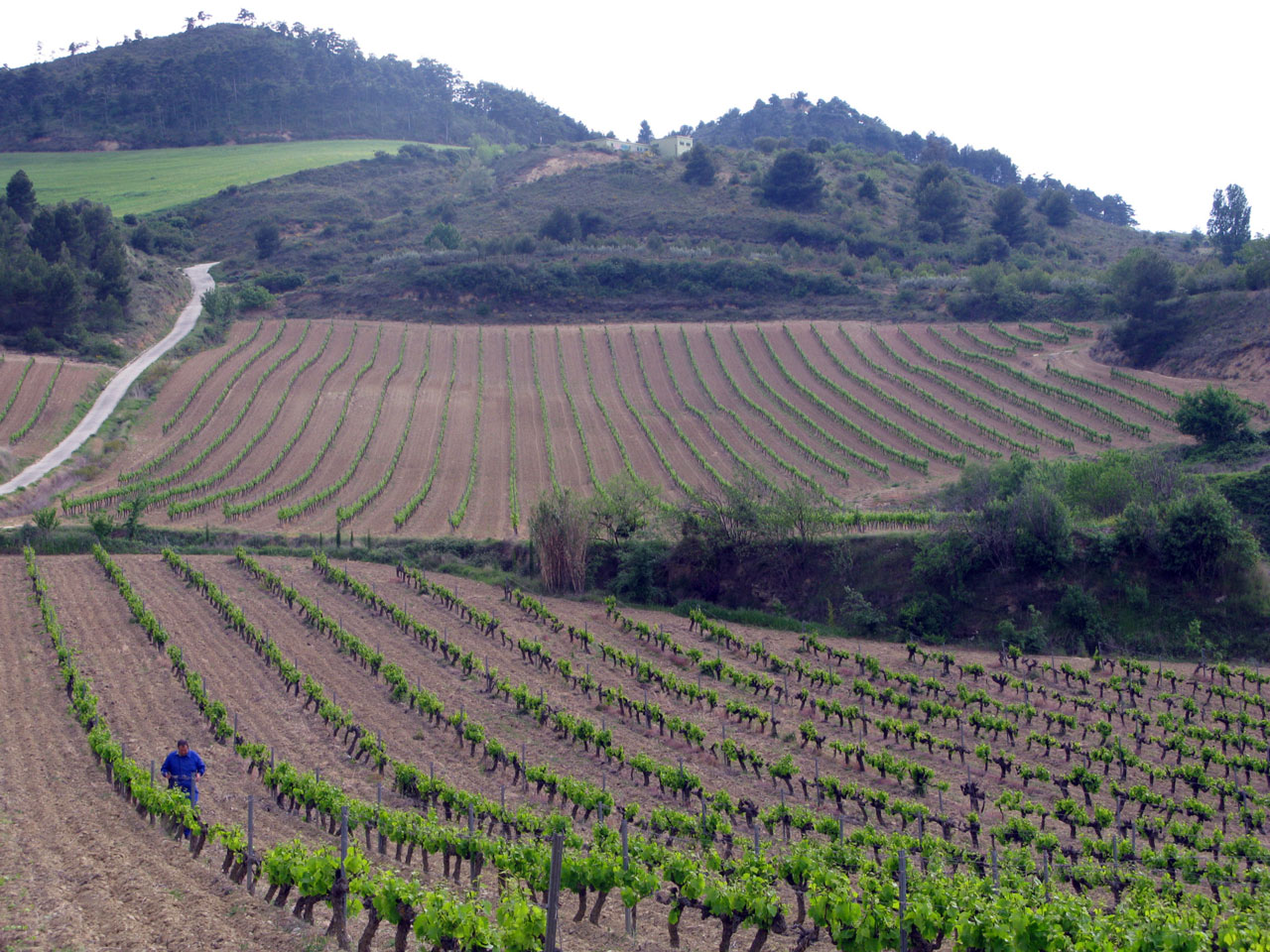Diferencia entre revisiones de «Main Page/en»
De Atlas Etnográfico de Vasconia
| Línea 59: | Línea 59: | ||
====[/atlas/alimentacion/Dando-brillo-al-pan.jpg|Brushing the loaves for a shiny crust. Source: Ander Manterola, Etniker Euskalerria Groups.|Nolako irina, halako ogia.<br /> | ====[/atlas/alimentacion/Dando-brillo-al-pan.jpg|Brushing the loaves for a shiny crust. Source: Ander Manterola, Etniker Euskalerria Groups.|Nolako irina, halako ogia.<br /> | ||
| − | ''Bad flour makes poor dough.''|| | + | ''Bad flour makes poor dough.''||]==== |
| − | ====[/atlas/alimentacion/Mercado-de-Navidad-Vitoria-Gasteiz-1977.jpg|Christmas market. Vitoria-Gasteiz, 1977. Source: Fernando Díaz de Corcuera, Etniker Euskalerria Groups.|Aza-olioak pil-pil, <br />bisigua zirt-zart, <br />gaztaina erreak pin-pan, <br />ahia goxo-goxo, epel-epel. <br /><br />''Traditional Christmas song''|| | + | ====[/atlas/alimentacion/Mercado-de-Navidad-Vitoria-Gasteiz-1977.jpg|Christmas market. Vitoria-Gasteiz, 1977. Source: Fernando Díaz de Corcuera, Etniker Euskalerria Groups.|Aza-olioak pil-pil, <br />bisigua zirt-zart, <br />gaztaina erreak pin-pan, <br />ahia goxo-goxo, epel-epel. <br /><br />''Traditional Christmas song''||]==== |
====[/atlas/alimentacion/Secado-Ispoure.jpg|Hanging for drying. Izpura (NB). Source: Peio Goïty, Etniker Euskalerria Groups.|Ezkonduko urtea eta txarria hildako astea, onenak. <br /> | ====[/atlas/alimentacion/Secado-Ispoure.jpg|Hanging for drying. Izpura (NB). Source: Peio Goïty, Etniker Euskalerria Groups.|Ezkonduko urtea eta txarria hildako astea, onenak. <br /> | ||
| − | ''The year when you marry and the week that pig is slaughtered are the best.''|| | + | ''The year when you marry and the week that pig is slaughtered are the best.''||]==== |
| − | ====[/atlas/alimentacion/Abriendo-los-cortes-tras-la-fermentacion.jpg|Scoring after fermentation. Source: Ander Manterola, Etniker Euskalerria Groups.|Donde no hay ni pan ni pollos, el horno no está para bollos. <br />''If there’s no bread or chicken, you shouldn’t bake rolls.''|| | + | ====[/atlas/alimentacion/Abriendo-los-cortes-tras-la-fermentacion.jpg|Scoring after fermentation. Source: Ander Manterola, Etniker Euskalerria Groups.|Donde no hay ni pan ni pollos, el horno no está para bollos. <br />''If there’s no bread or chicken, you shouldn’t bake rolls.''||]==== |
| − | ====[/atlas/alimentacion/Merienda-principios-del-siglo-20.jpg|Snack break, beginning of the 20th century. Source: Archive of the Chartered Government of Gipuzkoa: Indalecio Ojanguren Collection.|Goseak dagonarentzat, ogi gogorrik ez. <br />''The famished make a feast out of bread crumbs.''|| | + | ====[/atlas/alimentacion/Merienda-principios-del-siglo-20.jpg|Snack break, beginning of the 20th century. Source: Archive of the Chartered Government of Gipuzkoa: Indalecio Ojanguren Collection.|Goseak dagonarentzat, ogi gogorrik ez. <br />''The famished make a feast out of bread crumbs.''||]==== |
| − | ====[/atlas/alimentacion/Mercado-de-Santo-Tomas-Bilbao-1950.jpg|Ribera Market. Bilbao, beginning of the 20th century. Source: Labayru Fundazioa Photograhic Archive.|Food was grown on the family small holding or bought from local markets, which, in turn, were supplied with food grown locally. A few products, nearly always non-staples, complemented local or household self-supply.|| | + | ====[/atlas/alimentacion/Mercado-de-Santo-Tomas-Bilbao-1950.jpg|Ribera Market. Bilbao, beginning of the 20th century. Source: Labayru Fundazioa Photograhic Archive.|Food was grown on the family small holding or bought from local markets, which, in turn, were supplied with food grown locally. A few products, nearly always non-staples, complemented local or household self-supply.||]==== |
| − | ====[/atlas/alimentacion/Comida-a-bordo.jpg|Meal on board. Source: Aguirre Archive.|Nahiz dala udea, <br />nahiz dala negua, <br />goizeko zortziretan, <br />armozu ordua. <br /><br />''Folk song''|| | + | ====[/atlas/alimentacion/Comida-a-bordo.jpg|Meal on board. Source: Aguirre Archive.|Nahiz dala udea, <br />nahiz dala negua, <br />goizeko zortziretan, <br />armozu ordua. <br /><br />''Folk song''||]==== |
| − | ====[/atlas/alimentacion/Caserio-Olabide-Zerain-1982.jpg|Olabide Farmhouse. Zerain (G), 1982. Source: Karmele Goñi, Etniker Euskalerria Groups.|Sueteko laratzak jakiten dau etxeko barri. <br />''People show their true colours at home.''|| | + | ====[/atlas/alimentacion/Caserio-Olabide-Zerain-1982.jpg|Olabide Farmhouse. Zerain (G), 1982. Source: Karmele Goñi, Etniker Euskalerria Groups.|Sueteko laratzak jakiten dau etxeko barri. <br />''People show their true colours at home.''||]==== |
| − | ====[/atlas/alimentacion/Desgranando-habas.jpg|Broad bean podding. Source: Akaitze Kamiruaga, Etniker Euskalerria Groups.|Beans and broad beans were the most widely grown legumes and were traditionally an important part of the diet.|| | + | ====[/atlas/alimentacion/Desgranando-habas.jpg|Broad bean podding. Source: Akaitze Kamiruaga, Etniker Euskalerria Groups.|Beans and broad beans were the most widely grown legumes and were traditionally an important part of the diet.||]==== |
| − | ====[/atlas/alimentacion/Mercado-de-Santo-Tomas-Bilbao-1950.jpg|Market on St Thomas’ Day. Bilbao, 1950. Source: Sancho el Sabio Foundation.|Gabon, bon-bon; Natibitate, ase eta bete; San Estebantxe, lehen letxe. <br />''Eat heartily on Christmas Eve; until you feel full at Christmas; and back to normal on St Stephen’s Day.''|| | + | ====[/atlas/alimentacion/Mercado-de-Santo-Tomas-Bilbao-1950.jpg|Market on St Thomas’ Day. Bilbao, 1950. Source: Sancho el Sabio Foundation.|Gabon, bon-bon; Natibitate, ase eta bete; San Estebantxe, lehen letxe. <br />''Eat heartily on Christmas Eve; until you feel full at Christmas; and back to normal on St Stephen’s Day.''||]==== |
| − | ====[/atlas/alimentacion/Abrir-el-txotx-Gipuzkoa-1988.jpg|Txotx, cider tasting. Gipuzkoa, 1988. Source: Antxon Aguirre, Etniker Euskalerria Groups.|On dagizula janak eta kalterik ez edanak. <br />''Enjoy what you eat and drink.''|| | + | ====[/atlas/alimentacion/Abrir-el-txotx-Gipuzkoa-1988.jpg|Txotx, cider tasting. Gipuzkoa, 1988. Source: Antxon Aguirre, Etniker Euskalerria Groups.|On dagizula janak eta kalterik ez edanak. <br />''Enjoy what you eat and drink.''||]==== |
| − | ====[/atlas/alimentacion/Ronda-del-rosco-el-dia-de-San-Cristobal-Oquina-1986.jpg|Round of the roll on St Christopher’s Day. Oquina (A), 1986. Source: Gerardo López de Guereñu Iholdi, Etniker Euskalerria Groups. <br />''Bread and wine hold body and soul together.''|| | + | ====[/atlas/alimentacion/Ronda-del-rosco-el-dia-de-San-Cristobal-Oquina-1986.jpg|Round of the roll on St Christopher’s Day. Oquina (A), 1986. Source: Gerardo López de Guereñu Iholdi, Etniker Euskalerria Groups. <br />''Bread and wine hold body and soul together.''||]==== |
Revisión del 15:00 10 feb 2020
Munekogoikoa Farmhouse. Neighbourhood of Urigoiti (Orozko-B), 1994. Source: Edurne Romarate, Etniker Euskalerria Groups.
House and Family in the Basque Country


House and Family in the Basque Country
The oldest farmsteads are those where the use of timber was pivotal, both for its internal and external structure.
Family Diet in the Basque Country


Family Diet in the Basque Country
Sueteko laratzak jakiten dau etxeko barri. People show their true colours at home.
Children’s Games in the Basque Country


Children’s Games in the Basque Country
Sirrin-sarran, domini pan, zure semea errotan, errota txiki, errota handi, eragin deutso, pin-pan.Children’s chant
Traditional Medicine in the Basque Country


Traditional Medicine in the Basque Country
Verrugas tengo, verrugas vendo, aquí las dejo y me voy corriendo.Formula against warts
Rites from Birth to Marriage in the Basque Country


Rites from Birth to Marriage in the Basque Country
Haurraren jaiotza, etxerako poza. A house without children is a flowerpot without flowers.
Funeral Rites in the Basque Country


Funeral Rites in the Basque Country
Cuando el cárabo canta, la muerte levanta. When the tawny owl hoots, death wakes up.
Cattle on common pastures. Carranza (B), 2007. Source: Luis Manuel Peña, Etniker Euskalerria Groups.
Livestock Farming and Shepherding in the Basque Country


Livestock Farming and Shepherding in the Basque Country
Communities in areas where livestock has been the fundamental basis of their way of life consider Saint Anthony Abbot as the main protector of the health and fertility of the animals.
Agriculture in the Basque Country


Agriculture in the Basque Country
Tente nublo, tente en ti,no te caigas sobre mí,guarda el pan, guarda el vino,guarda los campos que están floridos.Spell against hail
